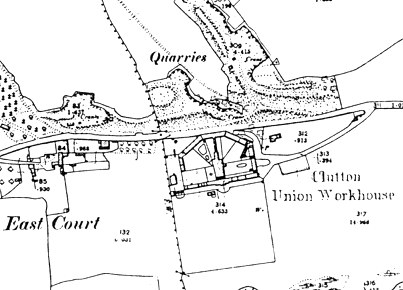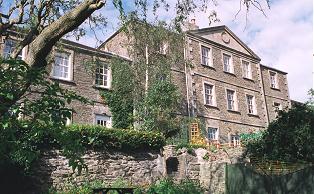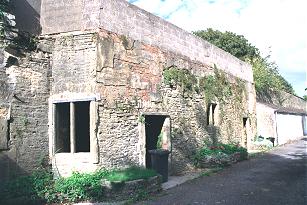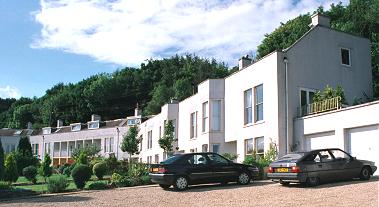Clutton, Somerset
Up to 1834
A parliamentary report of 1777 recorded local workhouses in operation at Chew Stoke and at Radstock, each accommodating up to 12 inmates.
IN 1848, it was said that the Chew Stoke's rectory, a former workhouse, had been restored by the incimbent at a cost of £400 and was a 'very singular edifice'.
After 1834
The Clutton Poor Law Union formally came into being on 2nd February 1836. Its operation was overseen by an elected Board of Guardians, 37 in number, representing its 29 constituent parishes as listed below (figures in brackets indicate numbers of Guardians if more than one):
County of Somerset:
Cameley, Camerton (2), Chelwood, Chew Magna (2), Chew Stoke, Chilcompton, Clutton (2), Compton Marton, Farmborough, Farrington Gurney, East Harptree, West Harptree, Hinton Blewitt, High Littleton with Hallatrow, Litton, Midsomer Norton (3), Nempnett Thrubwell, Norton Hawkfield, Norton Malreward, Paulton (2), Publow, St Thomas in Pensford, Radstock (2), Stanton Drew, Stone Easton, Stowey, Timsbury, Ubley, North Widcombe(2).
Later Additions:
The population falling within the Union at the 1831 census had been 22,377 with parishes ranging in size from from Norton Hawkfield (population 40) to Midsomer Norton (2,942). The average annual poor-rate expenditure for the period 1833-35 had been £9,172 or 8s.2d. per head of the population.
A new Clutton Union workhouse was erected on a steeply sloping site near Temple Cloud to the south of Clutton in 1836-7. The Poor Law Commissioners authorised an expenditure of £6,690 on construction of the building which was to accommodate 300 inmates. It was designed by Jesse Gane who was also the architect of the Shepton Mallet Union workhouse. His design for Clutton was somewhat unusual. It comprised a south-facing entrance block, with a central block at its rear. Further buildings at the north formed a semi-hexagonal arrangement more usually associated with the popular "Y" plan. The workhouse location and layout are shown on the 1903 map below.

Clutton workhouse site, 1903.

Clutton entrance block from the south-west, 2000.
© Peter Higginbotham.

Clutton remnants of central range from the south-west, 2000.
© Peter Higginbotham.

Clutton northern perimeter from the south-east, 2000.
© Peter Higginbotham.
After 1930, the former workhouse became a Public Assistance Institution known as Cambrook House, run by Somerset County Council. It continued in use as a residence for the elderly until about 1970 when its role was taken over by new purpose-built institution nearby named Goldney House. In around 1981, the surviving workhouse buildings were converted to residential use.
Staff
Inmates
Records
Note: many repositories impose a closure period of up to 100 years for records identifying individuals. Before travelling a long distance, always check that the records you want to consult will be available.
- Somerset Heritage Centre, Brunel Way, Langford Mead, Norton Fitzwarren, Taunton TA2 6SF. Holdings include: Guardians' minute books (1836-1930); Admissions and discharges (1841-1916, with gaps); Births (1839-1933); Deaths (1838-1927); Baptisms (1874-1929); Creed register (1875-1930); Offences and punishment book (1851-1904); Workhouse medical relief books (1890-2, 1907-1913); etc.
Bibliography
- Griffiths, Ken (2005) Workhouse: Brief Glimpses of the Poor Law and life inside Clutton Union-house (Fiducia Press).
Links
- The union's early correspondence with the central poor-law authorities is online on the TNA website .
Unless otherwise indicated, this page () is copyright Peter Higginbotham. Contents may not be reproduced without permission.


